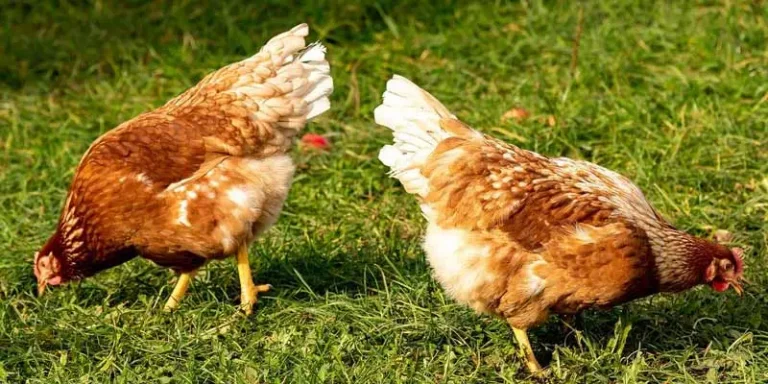When it comes to chickens, there are a lot of things that will make you wonder about them. One of them is their gizzard. You may ask why chickens have gizzards and what is its purpose.
Chickens have gizzards to help them break down the food they eat. Unlike humans, chickens don’t have teeth to chew their food. They will swallow their food whole and the gizzards will act as teeth that help grind down the food. This will allow them to digest the food more easily.
What Is The Purpose Of A Gizzard In A Chicken?
The gizzard is an organ that helps grind food in the stomach of a chicken or any other bird. The gizzard is made up of muscle and connective tissue, with small stones called grit embedded in it. Rocks like quartz or granite are often used because they are hard enough to abrade food without being so hard that they wear down the gizzard too quickly.
The stones help break down food by grinding it against the sides of the gizzard. This allows birds to digest plant material, which would otherwise remain undigested in their stomachs.
The gizzard is located where the esophagus meets the stomach. It also has a number of folds to increase its surface area for grinding food. A chicken’s gizzard can hold up to two ounces (60 grams) of food before it needs to be emptied into the small intestine for digestion.
Do All Chickens Have Gizzards?
The short answer is yes, all chickens have gizzards. However, there are some breeds that have exceptionally large gizzards.
The gizzard is an organ that helps break down food by grinding and churning it up. It also helps grind up the grain that chickens eat in order to digest it properly. The gizzard has thick muscular walls and strong connective tissue that allows it to exert a lot of pressure on the food inside it.
Gizzard Anatomy
A chicken’s gizzard is a muscular pouch or sac located at the top of the stomach. It has two main functions – grinding and mixing food before it enters the small intestine and storing food for future use. Chickens need to store food because they eat almost constantly, but it can take as long as 12 hours for a bird to digest its meal completely.
In addition to grinding up food, the gizzard also acts as a storage bag once it is full of undigested material from the stomach contents. It may contain any kind of undigested material – feathers, fur, bones, insects, etc. If something gets stuck in the gizzard (like an insect), it can cause serious problems for your bird if left there too long.
How Many Gizzards Does A Chicken Have?
Each chicken has one gizzard. The gizzard is a part of the stomach that helps break down food.
What Does A Chicken Gizzard Look Like?
A chicken gizzard looks like a mass of thick muscles covered in yellow skin. It has two openings — one where food enters and one where food leaves — and its purpose is to grind food into small pieces so it can be digested more easily by your bird’s digestive system.
Why Grit Is Important For Chickens?
Grit is a hard substance that is essential in the diet of chickens. It helps them to grind down their food in their gizzard and absorb nutrients from it. The most common type of grit that you can find in your local feed store or pet store is coarse sand. You can also use crushed oyster shells, which are much softer than sand but still provide the same benefits to your chicken’s diet.
Chickens have an amazing ability to digest anything they eat, even if it doesn’t look like food at all! But when chickens don’t have enough grit in their diet, they will often get diarrhea and other digestive issues because their bodies aren’t able to process the food efficiently enough.
When it comes to keeping your chickens healthy, having a good supply of quality sand or crushed oyster shells can make all the difference between a thriving flock and one that’s struggling through disease and illness.
Do All Birds Have Gizzards?
All birds have gizzards, but not all of them are the same size. Birds that eat seeds and grains have large gizzards that can grind down hard food. Birds that eat insects or larvae also tend to have large gizzards, as they need to be able to digest their prey’s exoskeletons.
The size of your bird’s gizzard is related to the size of their body and the type of food they eat. Small birds like finches have small gizzards and can’t handle large amounts of seed or grain at one time. Large birds like ostriches and emus have enormous gizzards that can easily grind up tough plant matter.
Conclusion
While eating, a chicken has a gizzard—a muscular stomach organ that contains stones or grit. Grit helps the chicken grind food in its gizzard. Once a chicken has eaten, it chews its food and swallows it down into its esophagus. Then the food finally makes its way to its stomach, where gizzard stones further grind the food before traveling through its small intestine.


